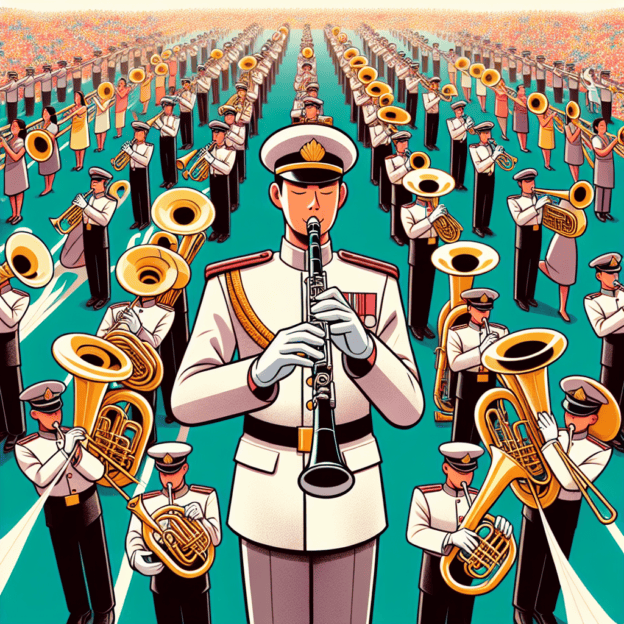Brass and percussion instruments often capture attention in marching bands with their powerful sound and visual impact. However, the clarinet plays an equally important role in the ensemble, adding to the harmony and intricate arrangements that characterize this unique musical genre. This post explores the clarinet's role in marching bands, covering its history, interesting facts, and significant contributions to performances.
The Historical Context of Clarinet in Marching Bands
Marching bands, as we see them today, grew from military bands in the 19th century. The clarinet became a key member of these bands because of its versatility and expressive range. Initially, clarinets were used in military settings for signaling and ceremonies. As concert bands gained popularity, clarinets made their way into civilian marching bands, bringing a distinctive timbre that enhanced the musical experience.
Clarinet's Unique Role in the Ensemble
The clarinet performs several functions within a marching band:
- Melody: Clarinets often lead the melody, creating beautiful lyrical passages that stand out in the ensemble.
- Harmony: Besides melodies, clarinets provide harmony lines, adding depth to the overall sound.
- Blending with Brass: The clarinet's distinctive sound pairs well with brass instruments, enabling complex arrangements that shine during performances.
| Clarinet Type | Typical Role in Marching Band |
|---|---|
| Bb Clarinet | Main melodic and harmonic lines |
| Eb Clarinet | High, piercing melodies |
| Bass Clarinet | Lower register support and countermelodies |
Interesting Trivia About Clarinets in Marching Bands
Here are some fun facts that showcase the clarinet's significance in marching bands:
- Different Types of Clarinets: Marching bands use various clarinets, including Bb clarinets and sometimes bass clarinets, creating diverse sounds within the ensemble.
- Fingerings and Techniques: Clarinetists use various fingerings and techniques to enhance visual and auditory aspects of marching performances, like slap tonguing and vibrato.
- Dynamic Performances: The clarinet's clarity and agility allow musicians to perform fast-paced runs and complex patterns, adding excitement to marching band shows.
- Showmanship: Clarinets often feature in solos or highlighted sections, boosting the overall impact of the band's performance.
Famous Clarinet Players in Marching Bands
Several well-known clarinet players have influenced marching bands:
- Buddy DeFranco: While mainly known for jazz, DeFranco's background includes marching style, demonstrating the clarinet's versatility across genres.
- Anthony McGill: A clarinet prodigy and principal clarinetist of the New York Philharmonic, McGill's skill reflects the high talent levels in marching band clarinet sections.
The Equipment Matters
In marching bands, equipment choice affects performance. Key considerations include:
- Mouthpiece Selection: The right mouthpiece influences tone and playability. Many marching band players choose mouthpieces for clarity and quick response.
- Ligatures: Proper ligature positioning and tightness greatly affect sound production and playability, making it a crucial factor for players.
- Durability: Instruments must endure outdoor conditions during performances, so material and design choices are important.
Tips for Aspiring Marching Band Clarinetists
If you're a clarinet player interested in joining a marching band, consider these tips:
- Practice Your Technique: Build a strong, versatile playing technique to handle various styles and demands in marching music.
- Stay in Shape: Marching requires physical stamina. Regular exercise and marching practice will help build needed endurance.
- Collaborate with Others: Marching bands often form close-knit communities. Connect with fellow players to learn and improve together.
The clarinet's role in marching bands has made it an essential instrument with a rich past and bright future. Understanding these aspects can deepen appreciation for the clarinet's part in the vibrant world of marching music, for both players and audiences alike.







